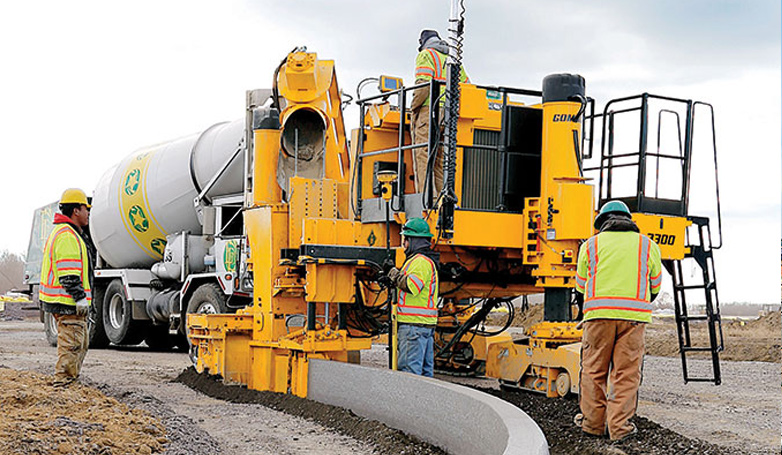In the past two decades, the paving industry has changed from producing generic pavement products to producing environmentally friendly, high-tech paving mediums that are adaptable to different climates, traffic loads, and end-use applications. So how did we go from the large blocks of natural asphalt used to pave the Champ-Elysses to today’s sleek, sustainable roads?
Changes In Paving With Asphalt
- Gone are the days of conventional mix. Today’s asphalt is a durable, binder mix design which holds up well to both traffic loading and weather related stress.
- Asphalt mix changes have brought about a new generation of labs and testing equipment facilities. The resulting body of data is used every day to make pavement mix design decisions and improve long-term asphalt performance.
- Innovative equipment and research as well as recycling of reclaimed asphalt pavement has spread through the asphalt paving industry. This change benefits the environment and reduces costs.
- Infrared and electronic paving has improved the quality and placement of asphalt mix.
- New asphalt paver designs permit faster, safer, and more versatile paving.
Changes In Paving With Concrete
- Significant advances in concrete paving in the field of admixtures, which has permitted the development of a range of high-performance concrete.
- More efficient batching techniques and equipment better use materials to produce higher quality concrete mixes and allow automatic adjustments to concrete mixtures.
- Intelligent Equipment that incorporates GPS trackers and IoT sensors concrete construction allows for predictive maintenance and can improve production cycles.
Paving Technology
- Thermal Imaging: Paving at the wrong temperature leads to low paving quality that can impact safety and road durability. Newer Thermal imaging enables paving contractors to build safer, longer-lasting roads that can adequately handle traffic loads and volume.
- Intelligent Compaction: Intelligent Compaction refers to the compression of road materials using vibratory rollers equipped with an integrated measurement system, an onboard computer reporting system, a Global Positioning System based mapping, and optional feedback control. This paving technology reduces cost and improves the long-term performance of the pavement.
Advances in technology have taken paving from an inexact science (with lots of room for error) to a more durable, cost effective, and sustainable art. Want to learn more about paving? Check out our blog!










